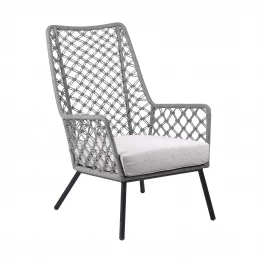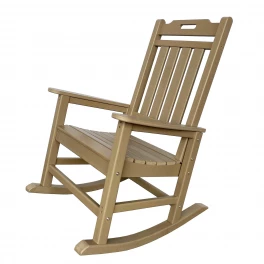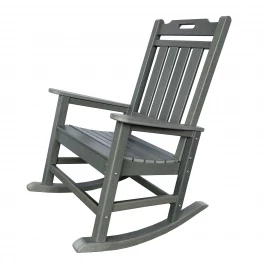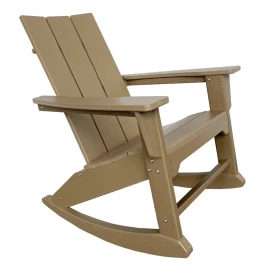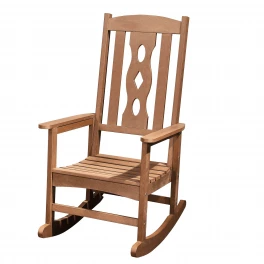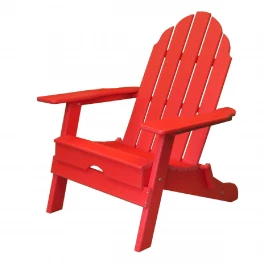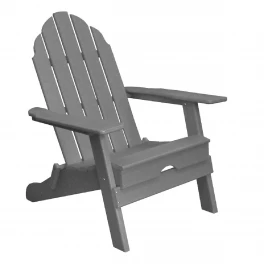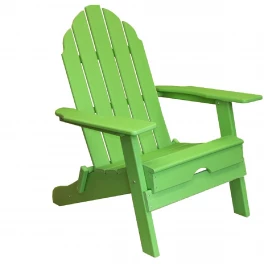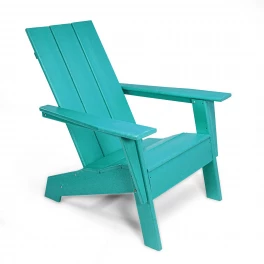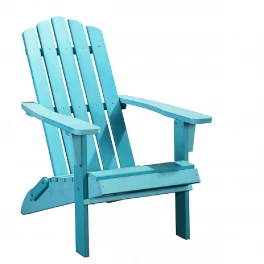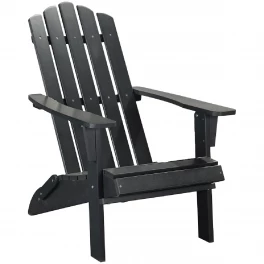Creating physical supports for your garden vegetables is an essential duty of any backyard gardener. But for some plants, a simple stick in the ground isn’t going to do much. Indeed, using plant supports requires knowledge about your plant’s root system as well as the plant’s maximum growing height and width.
Building and/or using supports for backyard gardens is all about trial and error. For instance, the first year I grew tomatoes, I used traditional tomato cages. In what felt like no time at all, my plants were cascading over the top of each cage. What did I do wrong? First, I didn’t trim the tomato suckers properly (rookie mistake). And second, my tomatoes were indeterminate, and would have done better with a different staking method.
What does all this mean for your vegetable garden? Simply put, you need to understand your plants before you start staking them. Truth be told, there really is a lot at stake (pun intended, of course) if you don’t do it the right way.
Here are some easy methods to help give your plants the support they need to produce a bounty this summer.
1. Stick 'em up!
It’s amazing just how great a basic stick in the ground is for many, if not most, vegetable plants. The best part is that stakes are remarkably effective and affordable. Check out your local home improvement stores and you’ll find a pack of six 7-to-10-foot hardwood stakes costs between $5-$10.
For a natural look, go with wood or bamboo. If you live in a wind-prone area, consider rebar.
Use a rubber mallet to drive a stake for each plant into the ground at least 1 or 2 feet. Then tie your plant with a relaxed knot to the stake. I’ve found that hemp twine works well. As the plant grows, adjust your ties as needed.
Pro tip: Consider height before buying stakes. You want the stake to be as tall as your plant.
2. Trellis
Cucumbers, hops, and some varieties of peas grow extraordinarily well with a trellis support system. Trellises are often made with either string or wood and their shape allows the plant to snake upwards. Without a trellis, your bounty could be left on the floor of your garden bed.
To build a simple, super cheap string trellis, drive a stake into the ground. Instead of a wooden stake, I used a regular plant support with prop ring. Then wrap twine around the stake (again, I’m using hemp but you can use any garden twine) fanning it up and outward. Pull tight and attach the ends to a fence or a solid wood structure.
Pro tip: Try to have your trellis in place before your plants go into the ground for less interference.
3. The Teepee/Tripod Method
The teepee/tripod method of supporting plants uses many stakes to form what resembles a tee-pee. If you’re not into the aesthetics of a trellis, then consider a teepee for your vining plants.
I used a bamboo tripod in the past for my beans and it was an effective way to support the plant.
Building a garden teepee couldn’t be easier! Purchase or find recycled pieces of wood. You need around three to five stakes per plant. The ones I used here are just spare 1-inch-by-2-inch-by-8-foot wood pieces that were part of an elaborate wooden trellis from last year’s garden. Arrange the sticks in the desired shape and secure with twine.
Pro tip: To add extra support, it’s important to interlace the twine between and through each stake, forming a ladder.
4. Cages/Boxes
Garden cages and boxes really aren’t the “lazy” option, I swear! Actually, they work great at keeping plants upright and ensuring any gardener can reach in and grab the fruits and vegetables as they ripen. Most cages and boxes are made of galvanized steel, so they don’t rust.
The investment for these supports is a bit higher than the DIY options mentioned above. However, most gardeners reuse them year after year without issue.
Pro tip: Help your plant out by carefully arranging the branches and fruit as it grows.
No matter which option you choose to run with this year, remember to think about your plant’s growth before making a decision. You want a structure that adequately supports your plant and its fruit. You also need to access the plant easily, not just for harvesting, but for pruning and insect inspections.
These are just some of the few ways that you can support your garden plants. What is your favorite way to stake your plants?




